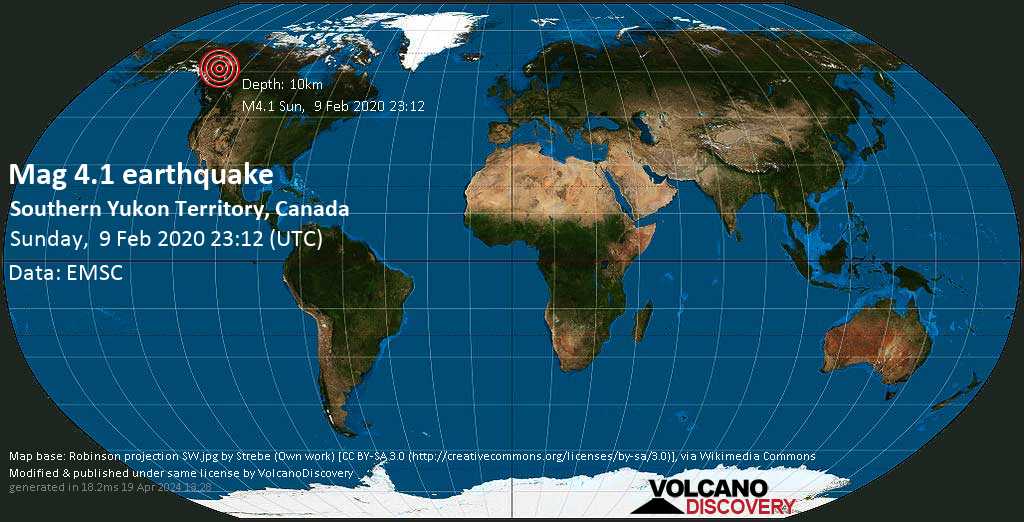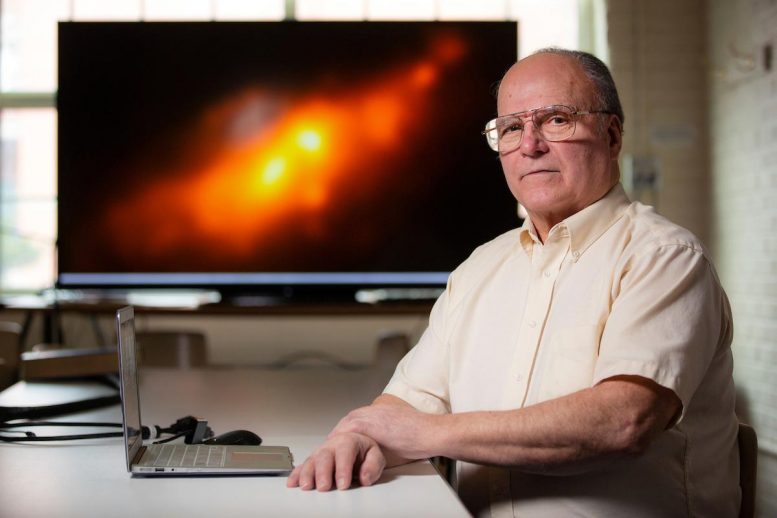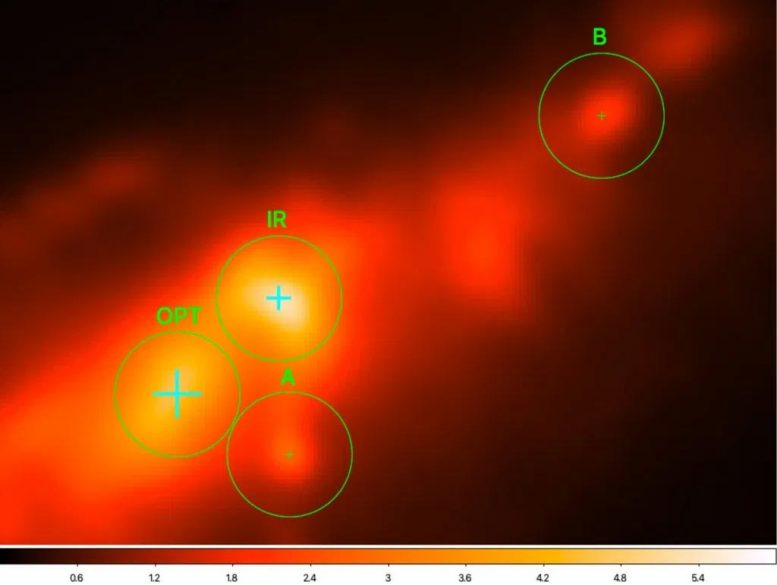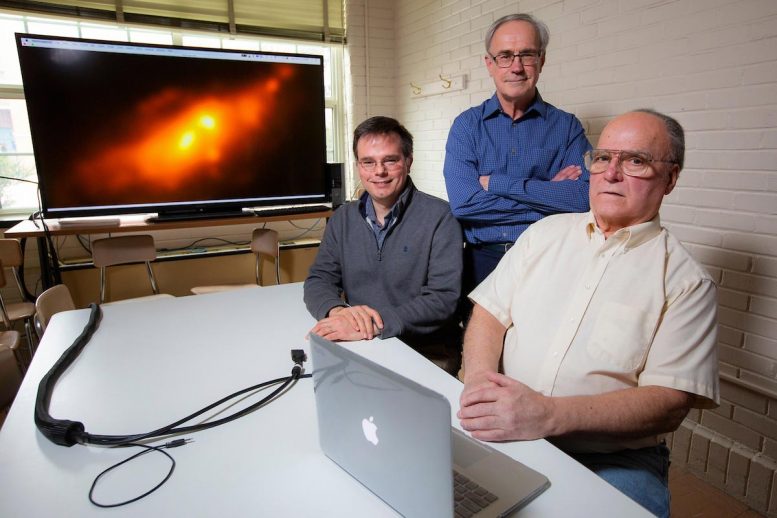‘Victim of the Beast 666’ headstone a puzzle in Utah history
MYSTERY WIRE — The Salt Lake City Cemetery holds a mystery.
In a far northeastern corner, a grave marker with an inscription:
LILLY E. GRAY
JUNE 6, 1881-NOV. 14, 1958
VICTIM OF THE BEAST 666
JUNE 6, 1881-NOV. 14, 1958
VICTIM OF THE BEAST 666
The Utah Division of Archives and Records Service has followed the mystery into the state’s extensive records, but there’s no definitive explanation there. More detailed records of Lilly Gray’s life come from research by Jennifer Jones for The Dead History.
READ: Lilly Gray: Victim of the Beast 666
The birth date on the headstone is inaccurate, with records showing she was born June 4, 1880, in Ontario, Canada, to Wilmer and Francis Gray. She had a twin sister named Ethel. The family moved to Michigan shortly after the birth of the twins.
No record of Lilly surfaces until her 1918 marrage to Richard C. Walsh in Chicago. Richard died in 1925.
Lilly married again, less than a year later. Her husband was Frank Zimmerman, and they both worked at a post office in Chicago. Their marriage lasted until his death in 1943.
How she met her next husband, Elmer Gray, remains a mystery. She moved to Salt Lake City in 1950 for unknown reasons, and they married at the courthouse in Elko, Nevada, on July 11, 1952. Elmer was 71 and Lilly was 72.
While Elmer had numerous run-ins with the law previously, he settled down in marriage.
Lilly died of natural causes on the date inscribed on the headstone. Elmer lived on for nearly six more years. He died of a stroke on Halloween, 1964. He is buried in the same cemetery, but in a different area.
Jones writes in the Urban Legends section for The Dead History that Lilly Gray seemed to have a normal life, and that Elmer is responsible for the inscription. Concluding that Elmer Gray was a troubled man, Jones reports that the inscription probably had more to do with Elmer’s medical condition more than a hatred for the government, as some have speculated:
The truth behind Lilly’s headstone doesn’t involve murder, cults, or devil worship. Just an elderly man who had trouble staying on the right side of the law, and probably suffered from some mental effects of Parkinson’s Disease.
The Dead History account indicates that Elmer Gray used an alias during his troubled past, but had resumed using the name Gray by the time he met Lilly, who was Lilly Zimmerman at the time.




















